Europe travel is even better when you explore lesser-known cities before they fill up with tourists. Popular spots can feel overcrowded, but Europe has plenty of hidden gems ready for you to discover.
Smaller cities provide a more genuine experience and promote sustainable tourism. Consider vibrant Ljubljana or peaceful Lake Ohrid. These locations are rich in culture yet avoid large crowds. They offer unique and affordable travel options.
Here are some underrated European cities to visit:
- Ljubljana, Slovenia
- Lake Ohrid, North Macedonia
- Ghent, Belgium
- Porto, Portugal
- Novi Sad, Serbia
- Vilnius, Lithuania
- Bratislava, Slovakia
- Tartu, Estonia
- Rijeka, Croatia
- Plovdiv, Bulgaria
Exploring these cities now can lead to unforgettable memories before they become crowded. Get ready for an adventure!
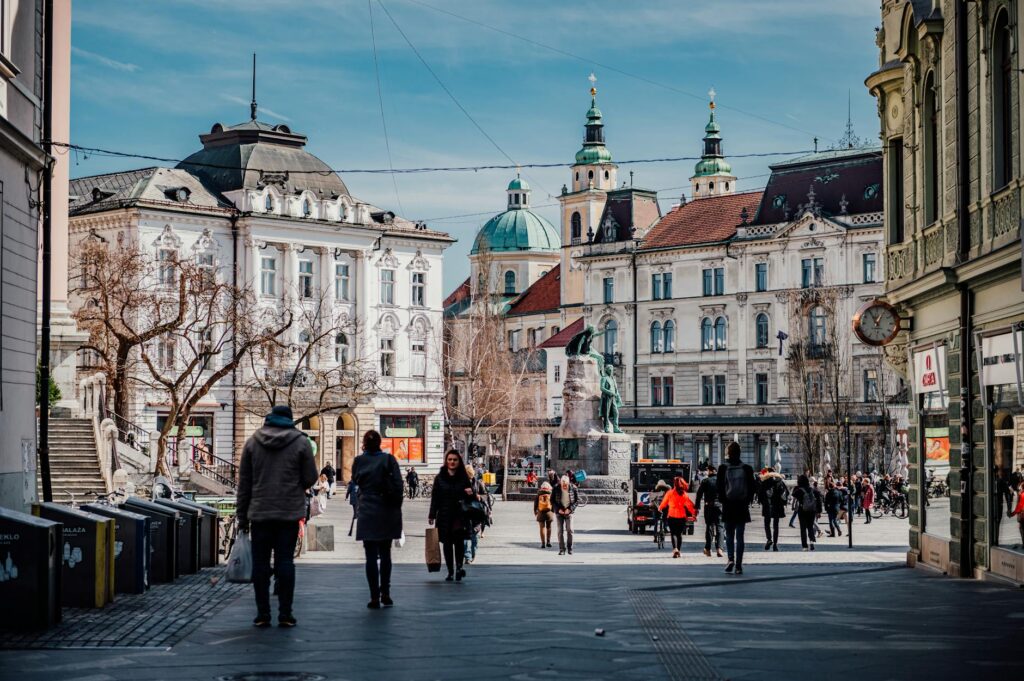
The downside of overtourism in Europe
Traveling in Europe can be a dream, but overtourism brings real problems. Popular spots lose their charm when too many visitors arrive. I’ve seen how a fun trip can turn stressful due to crowds.
Overtourism affects cities in many ways. They struggle to keep their unique character. Let’s look at some of the issues that come up when too many people visit the same places.
Environmental impact
Overtourism isn’t just an inconvenience; it significantly threatens the environment. The natural landscapes we so cherish are being trampled upon. Popular areas can become polluted, leading.
- Increase in waste: More tourists equals more garbage, affecting ecosystems.
- Strain on water resources: Destinations struggle with water supply during peak seasons.
- Wildlife disruption: Animals are disturbed, losing their habitats and behaviors.
Local economy issues
You might assume that more tourists mean more money for local businesses. While that can be true, the reality is more complicated. When too many visitors flood into a place, prices soar.
- Living costs rise: Locals often face increasing rent and service prices.
- Small businesses suffer: Tourist traps dominate, pushing out authentic local shops.
- Seasonality challenges: Locals lose stable income during off-seasons.
Cultural dilution
Traveling should be about immersing oneself in the local culture, but overtourism can strip a city of its uniqueness. When cities cater overwhelmingly to tourists, something vital is lost.
- The authentic experience fades: Genuine local connections become harder to find.
- Cultural events become commercialized: Traditions are often altered for tourist appeal.
- Language barriers rise: With more international visitors, the local voice can get drowned out.
Visiting lesser-known cities in Europe makes travel more rewarding. These hidden gems promote sustainable tourism and connect you with local culture. Unique experiences help preserve each place’s charm.
Visiting underrated cities eases overcrowding and offers budget-friendly choices that help local communities. These places provide unique cultural experiences and meaningful connections.
When planning your next trip, look for places that aren’t swamped with tourists. A city break in an overlooked area might be just what you need. Check platforms likeGetYourGuide for hidden tours that immerse you in local culture without the crowds.
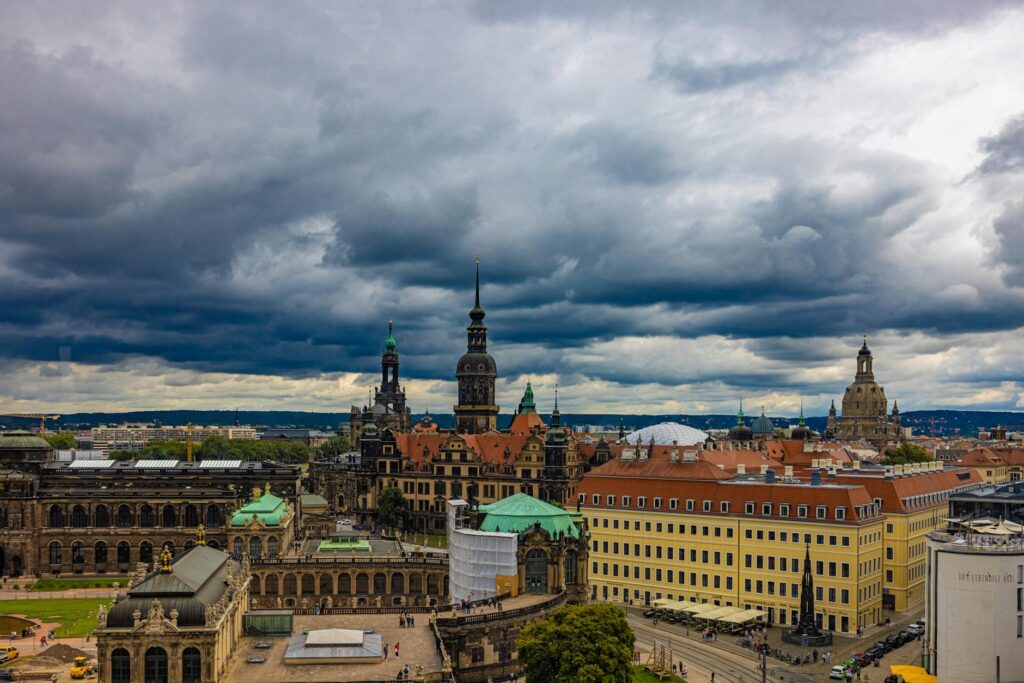
Less-known European cities to explore
I enjoy exploring Europe and finding quiet spots. Charming cities feel special. These hidden gems show rich culture, local scenes, and amazing views. Check out my favorite places before they become tourist hotspots.
Ljubljana, Slovenia
Ljubljana feels like a fairy tale. The lovely architecture blends with nature, perfect for exploring on foot. Strolling through pedestrian areas is a joy. The city buzzes with energy from local markets and street performers.
Key spots like Ljubljana Castle offer stunning views, especially at sunset. Be sure to try a craft beer at the many breweries around. The local beer scene highlights unique flavors and stories in every sip.
Dresden, Germany
Dresden shines along the Elbe River. The city has a rich artistic heritage with amazing museums and beautiful historical buildings. Walking through Frauenkirche and Zwinger Palace shows off its stunning architecture.
The Elbe waterfront is peaceful, especially in warmer months. It’s a great place to relax, enjoy the view, and taste local street food. Dresden’s mix of history and charm gives it a postcard-like feel. It’s a must-see for those who love European culture.
Trieste, Italy
Trieste blends Austrian and Italian influences, giving it a unique charm. The relaxed vibe invites you to stroll its streets. Stop by a cozy café to enjoy the local coffee culture.
Miramare Castle is a must-see. Its gardens and views of the Adriatic Sea are stunning. To learn about the city’s history, check out the old harbor.
Wroclaw, Poland
Wroclaw’s old town looks like a storybook. The colorful buildings surround a lively market square buzzing with energy. Hunting for hidden gnome statues is a fun way to connect with local culture.
The market square hosts many events and festivals. Live music and food stalls fill the air with excitement. Locals and visitors enjoy the space together, making it a friendly spot to soak in the atmosphere.
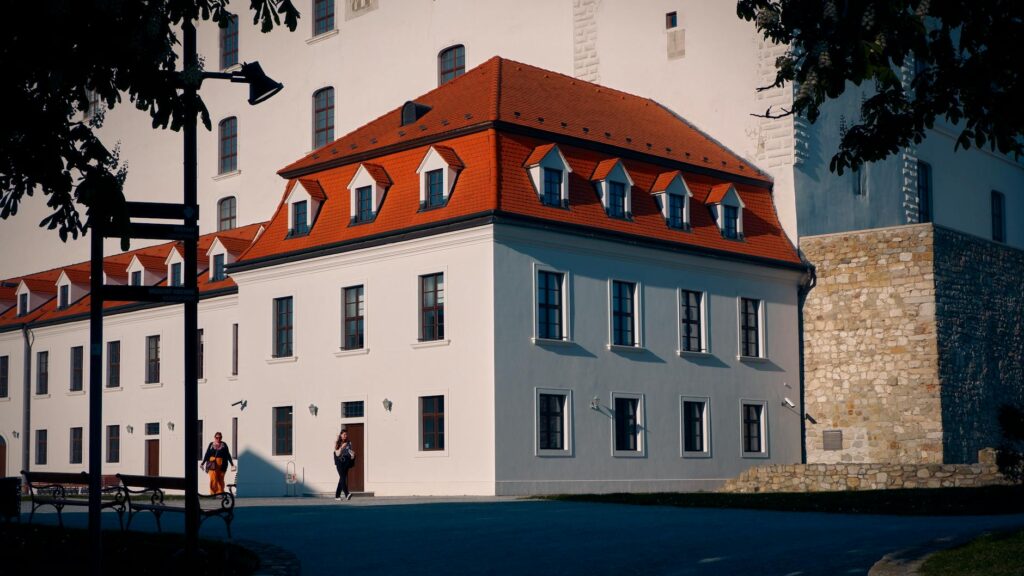
Bratislava, Slovakia
Bratislava is small but filled with charm and budget-friendly choices. You can easily walk around and find cozy cafés and unique statues. Bratislava Castle is a must-see, with stunning views of the Danube River and the city.
The city offers a genuine experience. Explore local shops and enjoy meals that showcase Slovak culture. Discover quieter areas for unforgettable memories. Each European destination has its unique vibe, so check out the hidden gems. Enjoy craft beer in Ljubljana or take in the views from Bratislava Castle. Each visit helps you appreciate Europe’s rich diversity.
Benefits of choosing lesser-known cities
Visiting lesser-known cities in Europe offers a break from crowded tourist spots. These cities provide unique experiences and lasting memories. With overtourism on the rise, exploring these hidden gems is a smart choice for travelers seeking authenticity.
Choosing hidden gems offers several distinct advantages that can transform your journey. Let’s break down some key benefits of opting for less-explored cities.
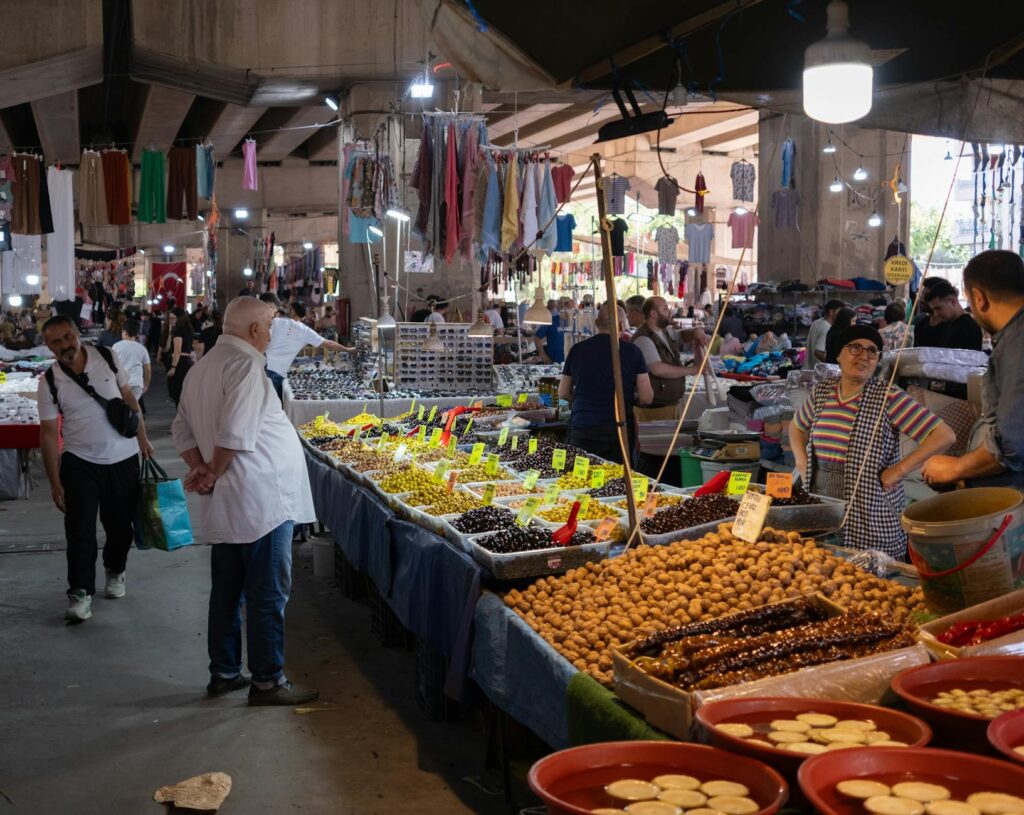
Authentic cultural experiences
In less-traveled cities, local culture shines brightly. Unlike popular spots, where tourism can overshadow the real experience, these hidden gems let you connect with true traditions and customs.
- Local connections: I’ve found that engaging with locals is much easier in smaller cities, as they often welcome visitors with warmth and enthusiasm.
- Vibrant traditions: You might stumble upon local festivals or events, which provide fantastic insights into the community’s heritage.
- Diverse cuisine: The culinary scene often reflects traditions rather than trends, leading to delightful dishes that you won’t find in mainstream restaurants.
These rich cultural experiences are invaluable, offering insight into the soul of a destination that’s often lost in larger cities.
Sustainable tourism practices
Traveling to lesser-known cities supportssustainable tourism. It helps local communities benefit from visitors while protecting their culture and environment.
- Economic impact: Supporting local shops and cafes helps keep the city’s character alive.
- Environmental conservation: Many hidden spots work to protect their natural beauty and reduce tourism’s impact.
- Cultural preservation: By backing these cities, travelers help maintain their traditions for future generations to enjoy.
Visiting these destinations allows travelers to make conscientious choices that positively impact the places they explore.
Fewer crowds and affordability
Exploring lesser-known cities means enjoying fewer crowds. You can wander through charming streets, relax at historic sites, and find quiet spots to appreciate the city’s beauty.
- Less stress: Exploring a city is relaxing without large tourist crowds.
- Budget-friendly options: Accommodations and meals are usually cheaper, so travel stays affordable.
- Unforgettable moments: With fewer people around, you can discover hidden gems—like cozy cafés or lovely parks—and connect with locals.
Visiting lesser-known cities offers great experiences that are enjoyable and budget-friendly. They provide many benefits, making them perfect for travelers looking for memorable European adventures.
For insightful travel tips and guidance on making the most of your trip, I often check out activities on platforms likeGetYourGuide to ensure I can discover something truly special.
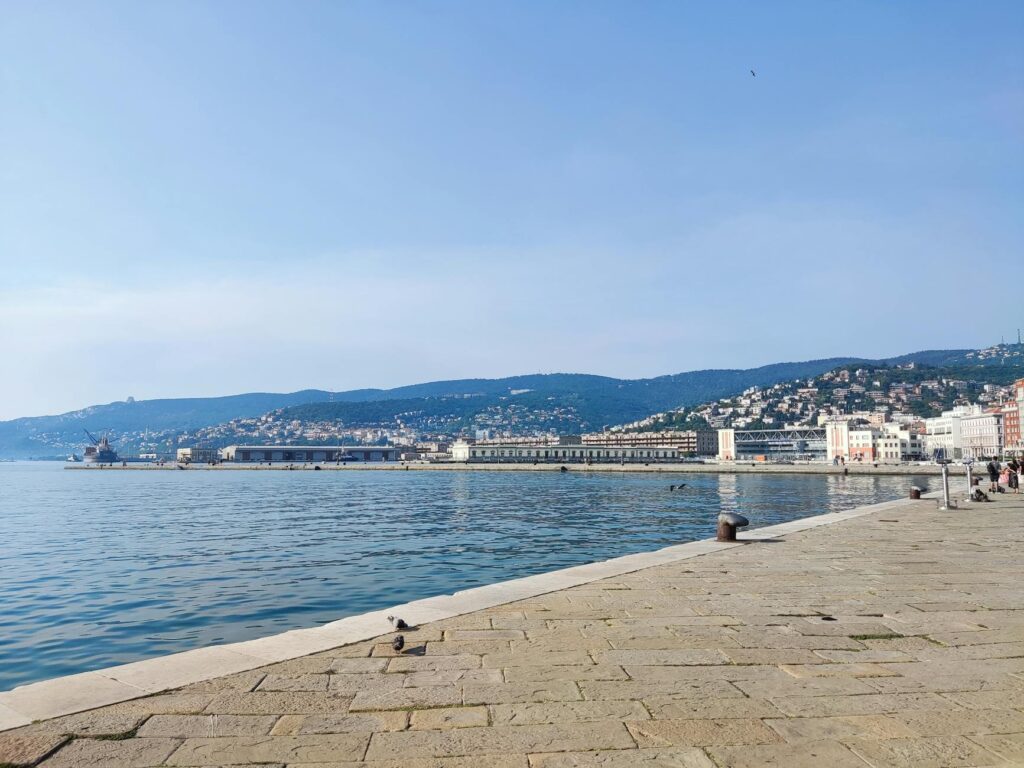
Practical travel tips for visiting hidden gems
Explore lesser-known cities in Europe for a taste of local culture, away from the crowds. Plan your visit and choose budget-friendly lodging to enhance your experience.
Best times to visit
Timing is everything when it comes to choosing the right moment to explore hidden gems. Seasonal highlights, local festivals, and the weather can significantly impact your experience.
- Spring (March to May): Enjoy mild weather and blooming landscapes. Festivals like the Ljubljana Festival and Dresden’s spring fairs showcase local culture with smaller crowds.
- Summer (June to August): Temperatures rise, but outdoor events thrive. Wroclaw’s music festivals bring energy. Book your stay early; places fill up fast.
- Fall (September to November): Autumn brings cooler weather and fewer tourists. Visit Trieste’s Miramare Castle for stunning views, and enjoy local harvest festivals.
- Winter (December to February): Experience holiday cheer at Christmas markets, especially in Bratislava. Wander through festive streets, but check the weather before you go.
Getting there
Navigating to these hidden European cities can be enjoyable and budget-friendly if you plan ahead. Here are some tips that have worked wonders for me:
- Flights: Look for budget airlines flying to smaller airports. Sometimes, arriving in a nearby major city and taking a train or bus can save you money and let you explore more.
- Trains: Europe has a great train system. High-speed trains can quickly take you to less-visited spots, while scenic routes, like Dresden to Prague, offer stunning views. Check for rail passes and discounts for flexible travel.
- Road trips: Feeling adventurous? Rent a car. Driving through beautiful landscapes and visiting small towns can enhance your trip. Just be sure to know local driving laws and parking options.
Where to stay
Finding the right lodging can elevate your stay, adding to the charm of your adventure. Here are a few unique options I’ve discovered along the way:
- Boutique hotels: These places showcase local charm. In Ljubljana, I enjoyed a cozy boutique hotel filled with art that highlighted the city’s culture.
- Historic inns: Staying in an old inn adds nostalgia. In Dresden, a centuries-old inn combined comfort with a taste of history.
- Local guesthouses: For a true experience, I choose family-run guesthouses. They offer local interaction and home-cooked breakfasts, perfect for starting your day.
Utilizing these tips can turn a good trip into a great one, allowing you to create lasting memories while discovering Europe’s hidden treasures.
Wrapping Up
Discovering Europe’s lesser-known cities is rewarding. Each city teems with culture and local life. Finding hidden gems before they become popular adds to the fun. You can enjoy experiences that truly capture the local spirit.
As I stroll through cities like Bratislava and Wroclaw, I think about how important sustainable travel is. Choosing these less-traveled paths helps local economies and keeps the unique charm alive.
Next steps:
- Research underrated cities.
- Plan your itinerary.
- Book local accommodations.
- Support local businesses.
- Travel during off-peak seasons.
Starting your adventure in these cities allows you to experience them at their best. Pack your bags and make lasting memories in Europe before the crowds come.

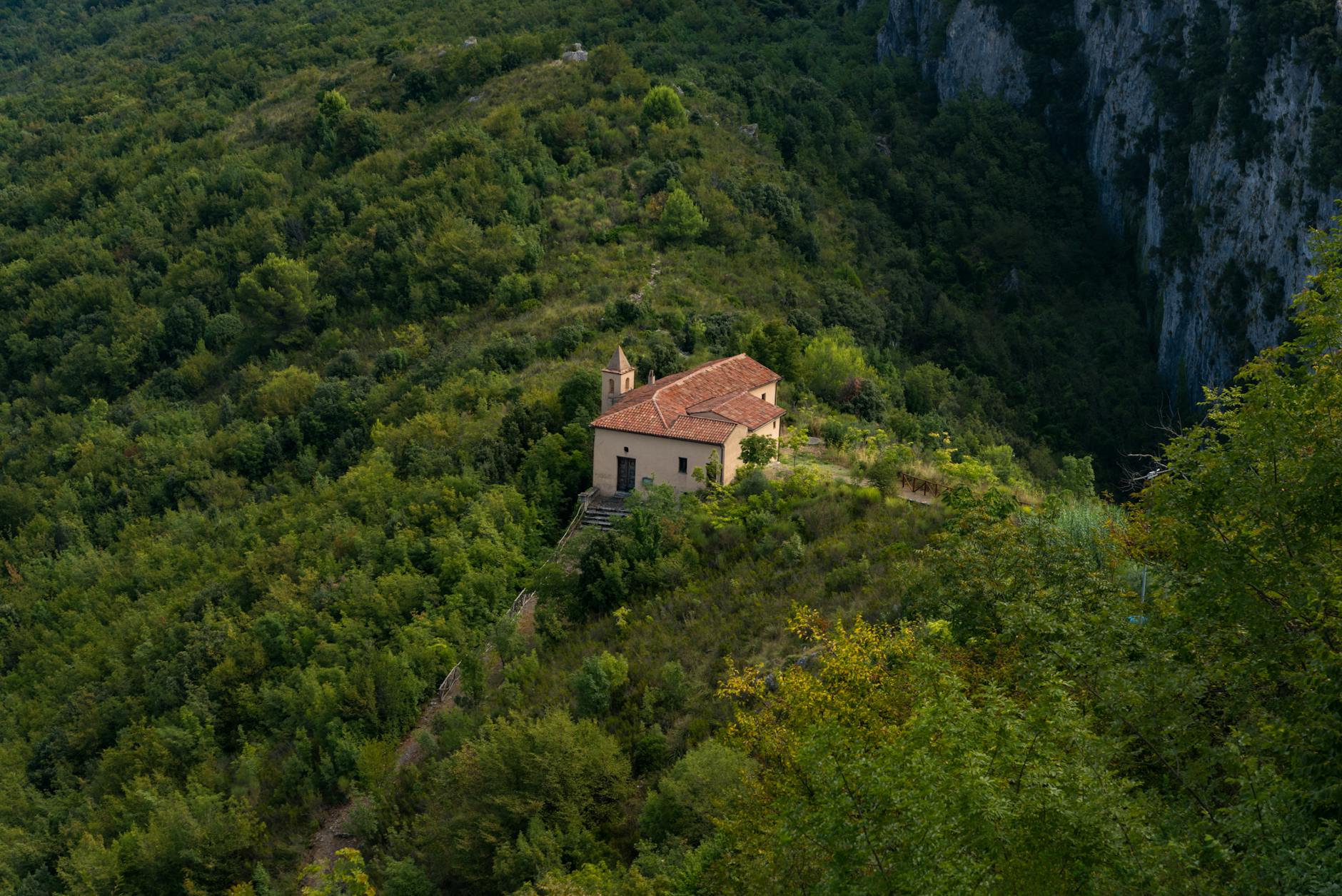




13 Responses
I appreciated the section on the environmental impact of overtourism in Europe. It’s crucial we discuss these issues openly. Exploring less-known cities seems like a responsible way to enjoy traveling while minimizing our carbon footprint. Thanks for highlighting this, TouristTales.
nice tips on the lesser-known cities gotta say places like Dresden which you mentioned have some real vibe without breaking the bank
Wonderful insight into cities like Trieste. It’s refreshing to see historical gems outside the usual tourist spots getting their well-deserved spotlight. Kudos!
Absolutely, TheoJ. Trieste has such a rich history waiting to be explored beyond the common paths.
And don’t forget the coffee culture in Trieste – arguably some of the best you’ll find in Italy!
Been to Ljubljana last spring and it was an absolute dream. The city vibes, people, and green spaces just make it perfect for anyone looking to escape the overcrowded tourist spots. Also, its central location makes it a great hub for exploring the rest of Slovenia. Highly recommend!
Dresden indeed is a historical hub that often goes unnoticed. The city’s rebuilding after WWII is a testament to human resilience and creativity. A must-visit for anyone interested in European history.
Exploring lesser-known cities is a great initiative towards sustainable tourism. Reducing footprints in over-visited areas is crucial. However, it’s also important to ensure these new destinations are prepared for an increase in visitors without harming their ecosystem.
Wroclaw’s market square is a hidden treasure, absolutely buzzing with energy and culture. A gem in Poland that’s not to be missed!
Right? It feels like stepping into a fairytale with all those colorful buildings!
Anyone got tips for affordable stays in Bratislava? Planning a trip and wanna keep costs low without missing the adventure.
For those heading to Trieste, don’t miss the sunset from Miramare Castle. The view over the Adriatic Sea with the sun dipping below the horizon is majestic, offering unparalleled photo opportunities for any enthusiast.
Dresden’s mention piqued my interest. For anyone who’s visited, how does the city blend its historical aspects with modern life? Keen to understand the dynamics before I visit.